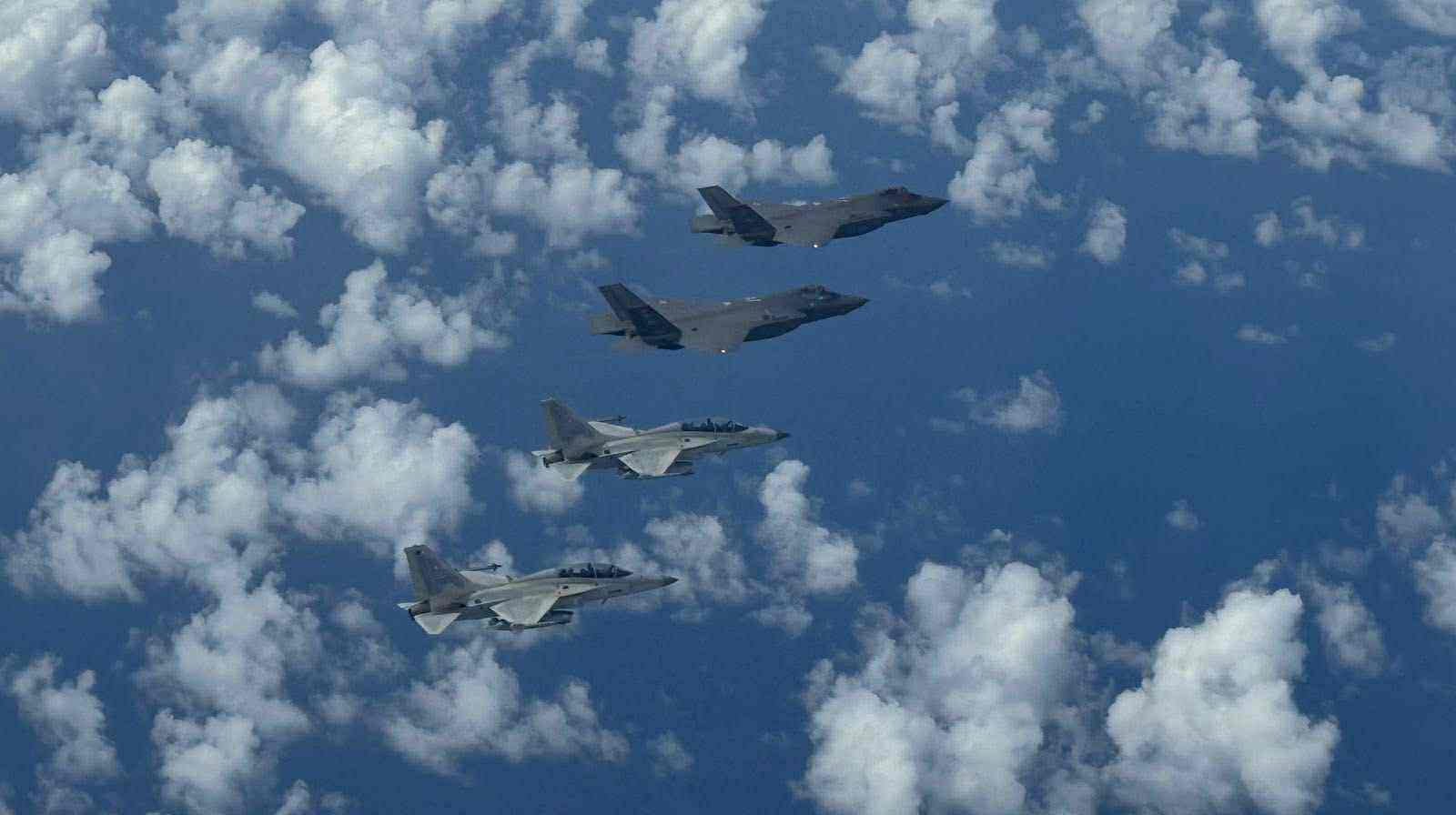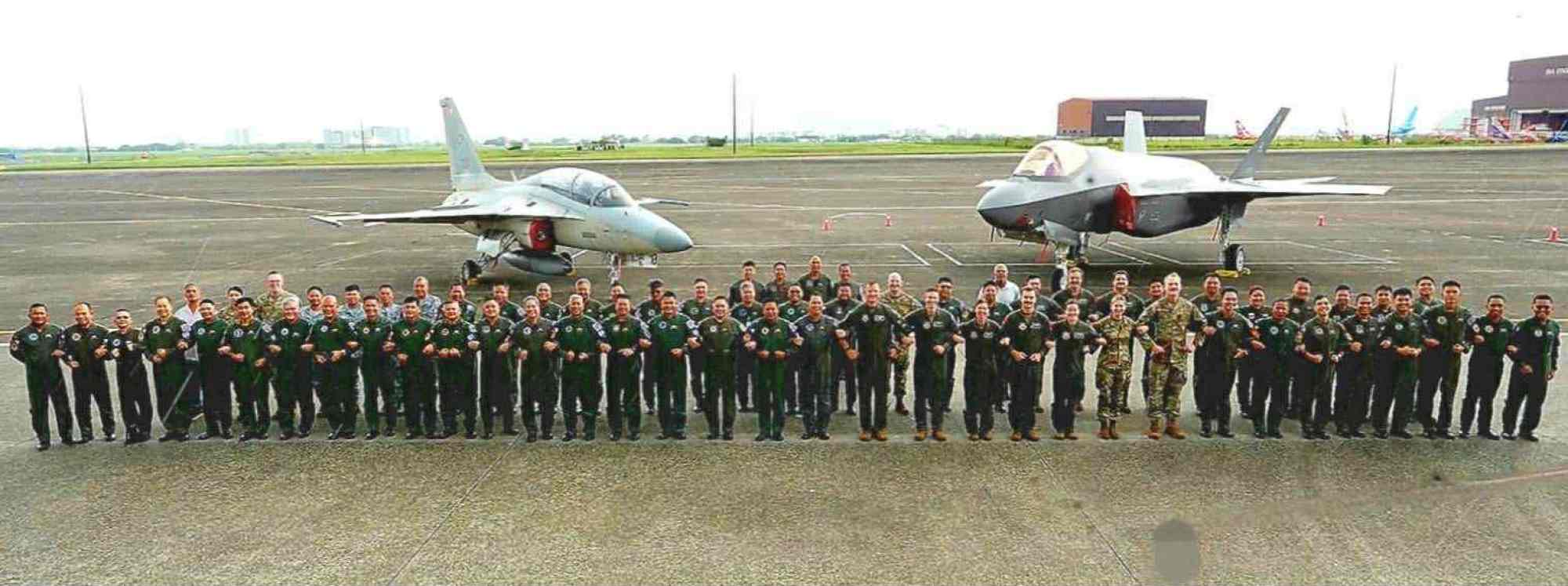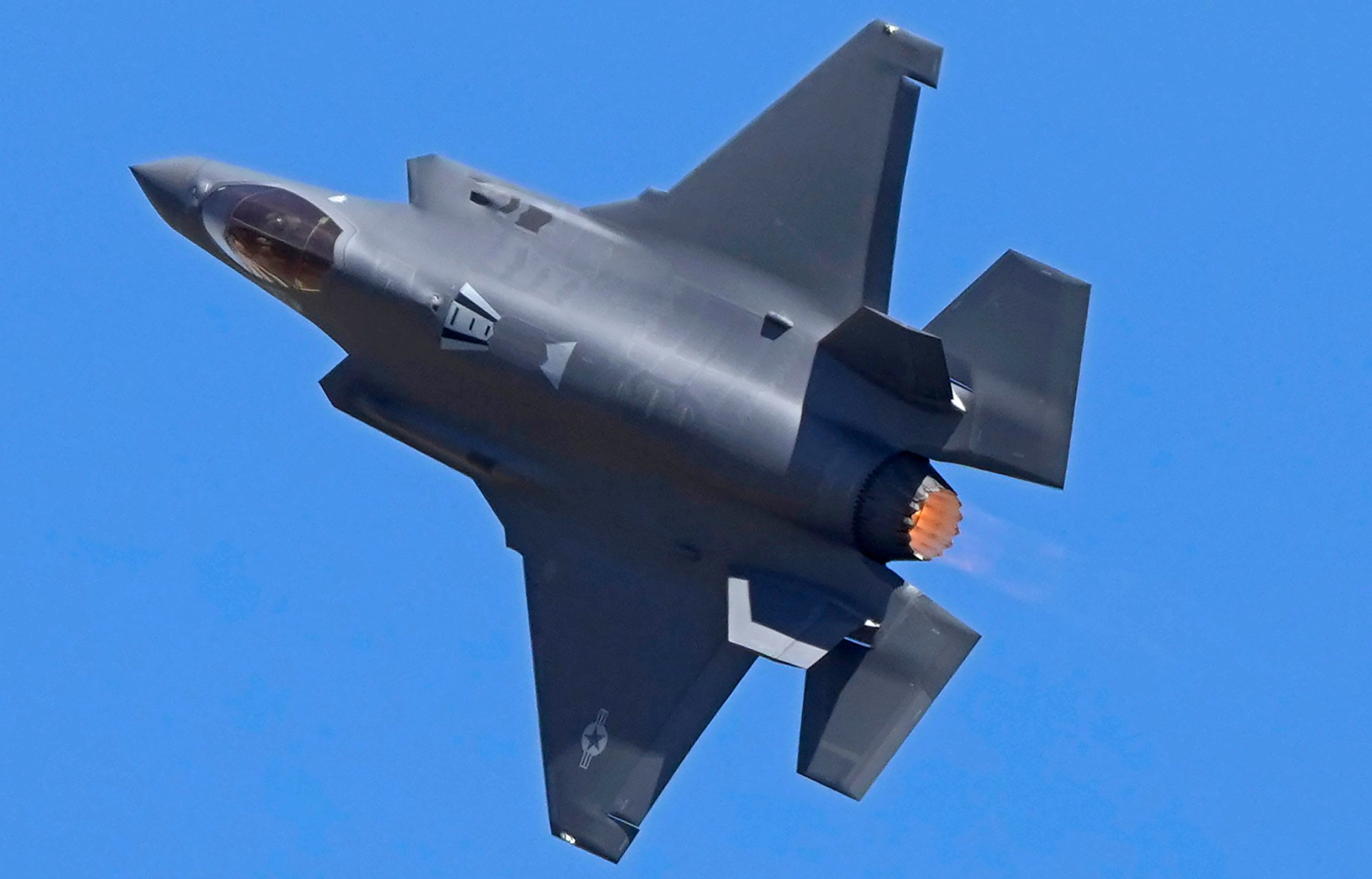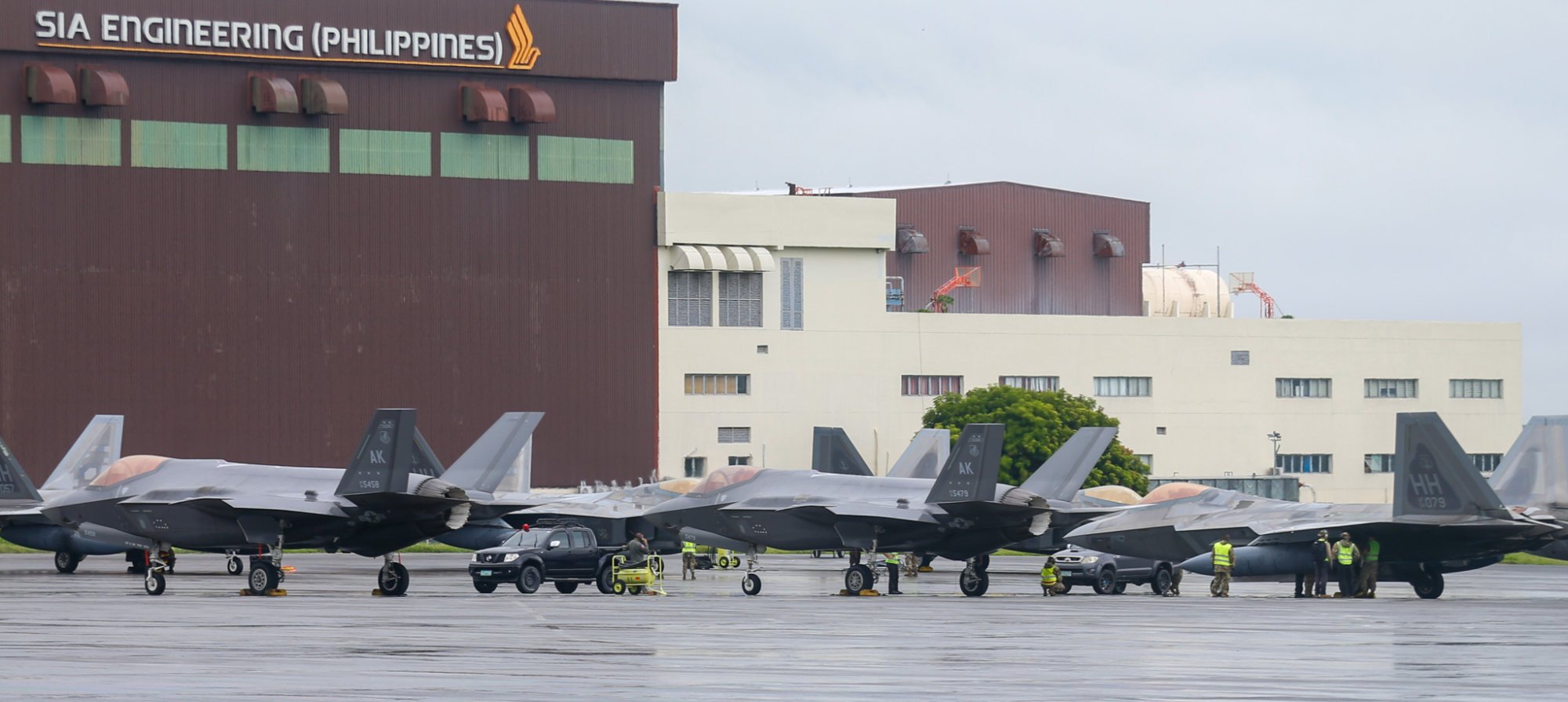F-35 drills in Philippines signal US ramp-up in combat readiness in Asia-Pacific
Analysts say the advanced fighter jet’s deployment shows Manila’s deep integration into US deterrence planning in the region

The United States has deployed its most advanced fighter aircraft, the F-35, to the Philippines for the first time, a move analysts say signals Washington’s intent to stress-test forward combat readiness in a region increasingly shaped by China’s maritime assertiveness.
The arrival of the stealth jets for the Cope Thunder joint air drills – launched on Monday at Clark Air Base and running until July 18 – reflects a more tangible form of deterrence, experts say, as the Philippines becomes further integrated into America’s regional defence network.
More than 2,500 personnel – including 2,300 from the Philippine Air Force (PAF) and 225 from the US Pacific Air Forces – are taking part in the exercise, which focuses on bilateral fighter integration and enhancing allied interoperability.
Lt Colonel Bryan Mussler, commander of the US 421st Fighter Squadron, told reporters the decision to deploy the F-35s was meant to deepen collaboration with regional partners, adding: “A free and open Indo-Pacific is something that we enjoy but should not take for granted in the future years if we want to continue to deter any form of aggression.”
While the F-35 features cutting-edge technology including state-of-the-art sensors, Mussler stressed the exercise was about more than showcasing hardware.

“The F-35 is the cornerstone of the US forces and we have a strong relationship with the PAF. We look forward to strengthening the alliance and continuing to integrate,” he said.
F-35s and the PAF’s FA-50 aircraft conducted a joint patrol over the West Philippine Sea – Manila’s name for the part of the South China Sea within its exclusive economic zone – to mark the start of the drills.
According to Tian Xia, a Hong Kong-based international relations analyst, the deployment shows that Washington is no longer relying solely on symbolic presence.
He described the F-35 as not just a jet but “a flying command node” – capable of gathering and sharing real-time battlefield intelligence through advanced sensors and data links, allowing it to coordinate with other forces and direct operations across air, land and sea.
“Its deployment shows that the United States is stress-testing forward combat presence, and the Philippines is clearly part of that operational map,” he said.
“This is Agile Combat Employment in action,” Tian added, referring to the US Air Force doctrine that emphasises rapidly dispersing forces across a network of smaller, often improvised bases to complicate enemy targeting.
Philippines as forward launch pad
Arnaud Leveau, assistant professor of geopolitics at Paris Dauphine University, said the deployment confirmed the Philippines’ emerging role as a frontline state in US contingency planning, particularly under the Enhanced Defence Cooperation Agreement (EDCA), which allowed rotational deployments and materiel pre-positioning at key Philippine military sites.
In 2023, Manila granted access to four more EDCA locations, bringing the total to nine – a move that, Leveau noted, positions the country as a launch pad for US operations in both the Taiwan Strait and the South China Sea.
Unhandled type: inline-plus-widget {“type”:”inline-plus-widget”}
“This is not only about geography – it’s about shaping an operational architecture that enables early, flexible, and credible force deployment from multiple vectors,” he said.

Leveau said the exercise was accelerating the PAF’s exposure to Nato-style coordination and joint planning. “It contributes to the emergence of a shared operational culture, which is essential for any meaningful military cooperation in a crisis scenario,” he added.
Deploying F-35s to the Philippines was also a significant evolution of US posture in Southeast Asia, he said.
“This is no longer a symbolic gesture; it’s an operational signal in the context of intensifying strategic rivalry with China. By projecting its most advanced combat aircraft to a country traditionally at the periphery of its regional architecture, the US confirms a shift towards the southern flank of the South China Sea.”
Building capacity and trust
Vincent Kyle Parada, a former Philippine Navy defence analyst, said recent US F-35 deployments to theatres including the Middle East and Indo-Pacific reflected a growing emphasis on operational readiness.
“We’re not just talking about exercises or signalling here but actual combat operations,” Parada told This Week in Asia.
In the case of Cope Thunder, he added, “Washington isn’t just sending these platforms out as a message – it’s an active effort to capacitate junior allies like the Philippines and integrate them into a broader nodal defence network.”
Abdul Rahman Yaacob, a research fellow at the Lowy Institute, said the F-35 deployment reflected a “high level of strategic trust” between Washington and Manila, given how cautiously the US shares its most advanced military assets.
He said the drills offered a chance to test how US F-35s and the Philippines’ FA-50s operated together, while also strengthening Manila’s defence capabilities to “support the US for a potential conflict in the South China Sea or Taiwan”.
Beijing sees Taiwan as part of China to be reunited by force if necessary. Most countries, including the US, do not recognise Taiwan as an independent state, but Washington is opposed to any attempt to take the self-governed island by force and is committed to supplying it with weapons.
This month’s iteration of the Cope Thunder exercise is the second of the year, following April’s joint drills involving nearly 1,000 personnel and a deployment of F-16s – the same multirole jets Manila intends to acquire.
“We are testing our ability to respond across domains by shaping scenarios that simulate contested environments requiring flexibility, innovation and operational depth,” Lt General Arthur Cordura, chief of the Philippine Air Force, said in his opening remarks.
China claims nearly the entire South China Sea, including areas also claimed by the Philippines, Brunei, Malaysia and Vietnam. An international tribunal dismissed China’s claims in 2016, declaring them without legal basis – a verdict that Beijing has consistently rejected.
Manila and the US are bound by the long-standing 1951 Mutual Defence Treaty that calls on both sides to help each other in times of aggression by an external power.
Cost of closer ties
Analysts warned that the F-35 deployment, while boosting deterrence, also heightens the Philippines’ exposure to potential conflict – particularly in the event of a Taiwan crisis.
Parada said deeper integration into the US forward posture brought strategic risks. If Washington intervened militarily in a cross-strait conflict, he noted, the presence of American troops and material on Philippine soil “may well invite kinetic retaliation from Beijing”.

“That’s the trade-off for Manila in exchange for support in the South China Sea,” he said, adding that the Marcos administration appeared willing to accept it, viewing Taiwan and Philippine security as increasingly intertwined.
Leveau said the deployment could strain diplomatic ties with China and revive domestic concerns about sovereignty and dependency. “The real challenge is ensuring that deterrence remains deterrence and doesn’t turn into escalation,” he said.
Xia noted that the Philippines’ location made it a natural forward operating site for the US in a regional conflict. “Deeper integration brings greater strategic exposure,” he said. “As the Philippines becomes more central to the US forward posture, it will also become more visible to adversaries.”